Hey there, DIY enthusiasts and savvy homeowners! Are you looking for an affordable roofing solution for your flat or low-slope roof? Look no further!
In this blog, we’ll walk you through the simple and wallet-friendly process of installing roll roofing. Whether it’s asphalt, self-adhesive, or mineral-surfaced, we’ve got you covered!
Let’s dive in and learn how to give your roof the care it deserves.
Pre-Installation Preparations
Before you jump into the roof installation, let’s make sure you’re all set for a successful roofing adventure:
1. Safety First
Gear up with gloves, safety goggles, and non-slip footwear. Safety always comes first!
2. Roof Inspection
Take a good look at your roof to spot any issues that need fixing before you start. It’s better to deal with them now than later.
3. Gather Materials
Get your hands on the essentials – roll roofing material, roofing nails, roofing cement, a utility knife, a hammer, and a measuring tape.
Asphalt Roll Roofing Installation – Let Roll!
Alright, it’s time to get down to business and install that asphalt roll roofing like a pro:
1. Clean the Roof Surface
Clear away any dirt, debris, or loose particles from the roof. A clean surface ensures better adhesion.
2. Measure and Cut the Roll Roofing
Measure your roof’s length and cut the asphalt roll roofing to fit perfectly. Leave a 6-8 inch overhang on all sides.
3. Apply the Roofing Cement
Grab your trusty trowel and apply roofing cement along the roof’s edge. This acts as the adhesive for your roll roofing.
4. Install the Roll Roofing
Roll out the roofing material carefully, starting from one side and going across. Press it firmly onto the cemented surface.
5. Nail the Roofing in Place
Secure the top edge of the roll roofing by nailing it down. Space the nails about 12 inches apart for a firm hold.
6. Seal the Seams
Let’s keep that water out!
Apply roofing cement generously over the seams and nail heads to keep everything watertight.
Self-Adhesive Roll Roofing Installation – Peel, Stick, and Go!
With self-adhesive roll roofing, it’s a breeze to get your roof ready in no time:
1. Clean and Measure the Roof
Ensure your roof is clean and dry, then take accurate measurements.
2. Peel and Stick
Remove the backing of the self-adhesive roll roofing and stick it onto the roof surface. Press down firmly for a solid bond.
3. Overlapping Seams
If using multiple rolls, overlap the seams by a few inches. It’s an extra layer of protection against water seepage.
4. Seal the Edges
Run your fingers along the edges to create a tight seal and keep your roof secure.
Mineral-Surfaced Roll Roofing Installation – Rock-Solid Roofing!
Mineral-surfaced roll roofing is another excellent choice for your low-slope roof. Let’s see how it’s done:
1. Roof Preparation:
Like always, clean and prepare the roof surface for the new roofing material.
2. Measure and Cut
Measure the roof length and cut the mineral-surfaced roll roofing to the correct size.
3. Attach the Roofing
Secure the material onto the roof using roofing nails. Start at one end and work your way across.
4. Overlapping Seams
Overlap the seams by a few inches and use roofing cement to seal them tight.
Cost to Install Roll Roofing – Let Talk Numbers
Now, you might be wondering about the cost. On average, a roll of roll roofing can set you back between $30 to $100, depending on the type and brand.
The total installation cost will depend on the job’s complexity and labour rates in your area. To get a precise estimate, reach out to local contractors for quotes.
Conclusion
Congratulations! You’re now equipped with the knowledge to install roll roofing like a pro. You’re all set for a successful roofing adventure, whether asphalt, self-adhesive, or mineral-surfaced. Remember, safety comes first; consult a professional roofing contractor if you’re ever in doubt.
Mr Roofer is your local roofing expert and a trusted name in the industry. With over 20 years of experience, Mr Roofer has been providing top-notch roofing solutions for residential and commercial properties in the community.
Mr Roofer’s team of skilled professionals is committed to delivering high-quality workmanship, exceptional customer service, and cost-effective roofing solutions tailored to your needs. From roll roofing installations to repairs and maintenance, they have the expertise to handle any roofing project with precision and efficiency.
About Mr. Roofer
Customer satisfaction is Mr. Roofer’s top priority. They take the time to understand your roofing requirements and offer personalized solutions that fit your budget and timeline. Using only the best materials and industry-leading techniques, Mr Roofer ensures that your roof is built to withstand the test of time.
Regarding your roof, trust Mr Roofer to provide the care and attention it deserves. Whether you need a new roof, repairs, or simply professional advice, Mr Roofer is here to help you every step of the way.
Contact Mr Roofer today for all your roofing needs and experience the peace of mind of knowing your roof is in capable hands.
Can I do a DIY installation of rolled roofing, or is it better to hire a professional?
DIY rolled roofing installation is possible, especially for those with some roofing experience. However, if you’re unsure or uncomfortable with roofing work, hiring a professional roofer is recommended to ensure a proper and secure installation.
What is torch-down roll roofing, and is it suitable for my roof?
Torch-down roll roofing is modified bitumen roofing that requires a torch to apply heat and melt the material for adhesion. It is commonly used on flat and low-slope roofs and provides excellent durability and weather resistance.
As a DIY project, can I install mineral roll roofing on my low-slope roof?
While mineral roll roofing can be installed as a DIY project, it requires basic roofing skills and knowledge. If you’re not confident in your abilities, consider hiring a professional to ensure a proper installation.
Can rolled roofing be used on flat roofs?
Yes, rolled roofing is commonly used on low-slope and flat roofs. However, proper installation is crucial to ensure adequate water drainage and prevent potential issues like water pooling.
How much does it cost to install roll roofing?
The overall cost of roll roofing installation depends on various factors, such as the roof size, labour rates in your area, and the type of roll roofing used. Getting quotes from local contractors for a more accurate estimate is best.
What is mineral-surfaced roll roofing, and how do you install it?
Mineral-surfaced roll roofing has granules on the surface for added protection. To install it, clean and prepare the roof surface, measure and cut the material, and secure it with roofing nails and cement.
How much does a roll of roll roofing cost?
The cost of a roll of roll roofing can vary based on the type and brand. On average, it can range from $30 to $100 per roll.
Are there any specific instructions for installing roll roofing?
Yes, installing roll roofing requires following some basic steps:
Ensure the roof is clean and dry.
Measure and cut the roofing material to fit the roof correctly.
Use the appropriate adhesive or roofing cement to secure the material.
What is self-adhesive roll roofing, and is it easy to install?
Self-adhesive roll roofing has a built-in adhesive backing, making it easy to install without additional adhesives or tools. Peel off the backing and stick it onto the clean roof surface.
What is asphalt roll roofing, and how is it installed?
Asphalt roll roofing is a material that comes in large rolls and is commonly used for low-slope or flat roofs. To install it, you’ll need to clean the roof surface, apply roofing cement as an adhesive, roll out the roofing material, and secure it with roofing nails.

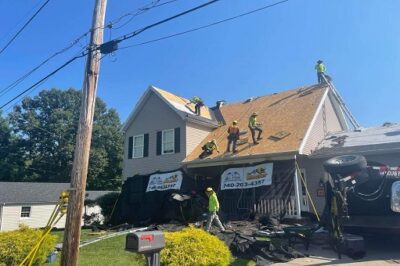
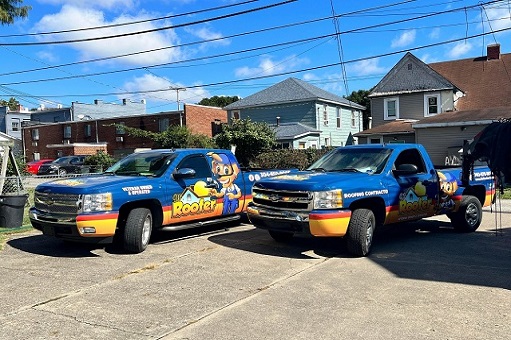
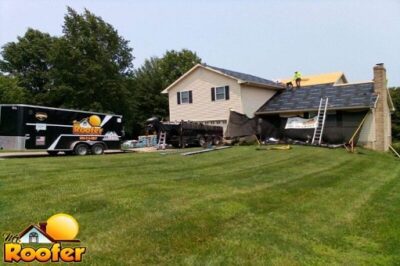
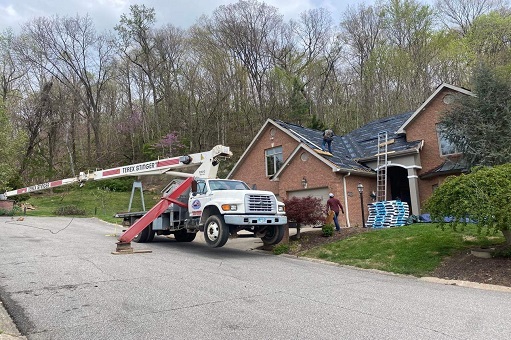
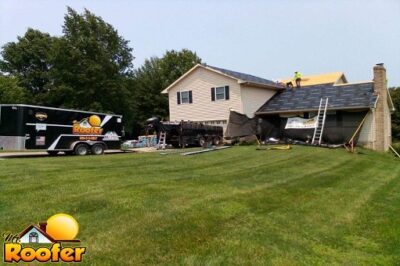
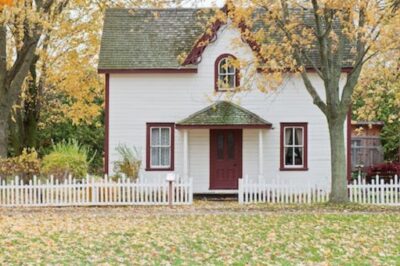
0 Comments